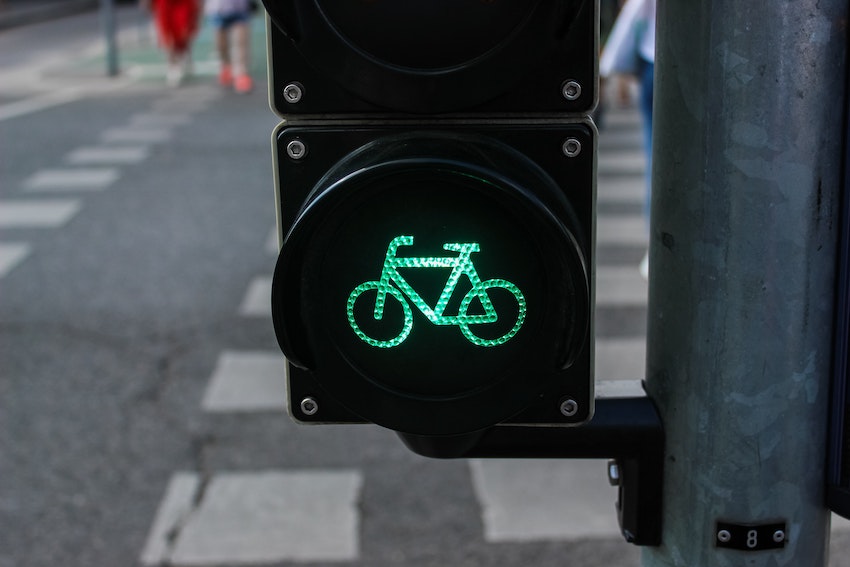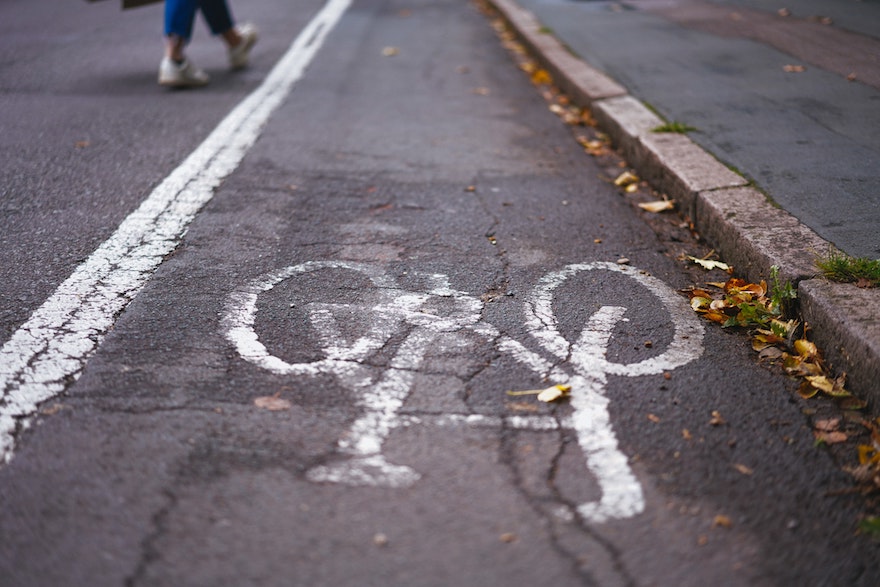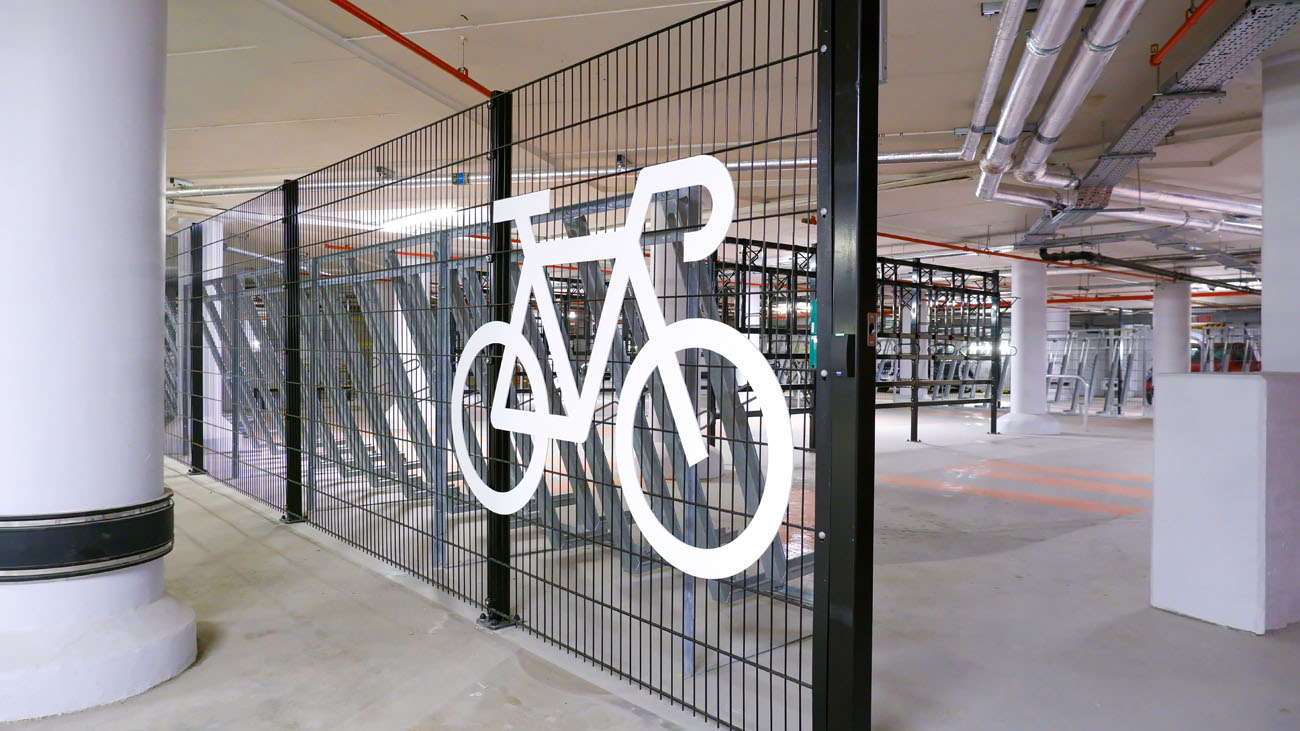Key updates to the highway code
1. Hierarchy of road users
A new hierarchy of road users that orders according to their personal risk in the event of collisions.
Those in charge of vehicles that risk causing the greatest harm in collisions bear the greatest responsibility to take care. This includes everything from lorries and buses through to cars and motorcycles.
Cyclists and horse riders likewise have a responsibility to reduce danger to pedestrians. The changes do not attempt to absolve any road user of responsibility.
2. Pedestrians crossing the road at junctions
Changes clarify that when people are crossing or waiting to cross at junctions, other traffic should give way. If you have started crossing and traffic is turning in, the pedestrian has priority.
3. Walking, cycling or riding in shared spaces
For shared routes by people walking, cycling, and riding horses, the safety of those walking should be respected. People walking should also take care not to obstruct those cycling or riding horses.
People cycling should:
Not pass walkers or horse riders at high speed
Should slow down when necessary and let people walking know where they are by ringing a bell
Take into account that people walking may be deaf, blind, or partially sighted
Not pass a horse on the horse’s left.
4. Road positioning when cycling
Clearer guidance on road positioning includes:
Riding in the centre of the lane on quiet roads, in slower-moving traffic, and at the approach to junctions or when the road narrows
Keeping at least 0.5 metres away from the kerb edge on busy roads with vehicles moving faster than them
For people cycling in groups:
Be considerate of the needs of other road users
Can ride two abreast – and it can be safe to do so. This is particularly in larger groups or when accompanying children and less experienced riders.
People cycling are also asked to remain aware of people driving behind them, allowing them to overtake when it’s safe to do so.
5. Overtaking when driving or cycling
For people driving or riding a motorcycle and overtaking, 1.5 metres should be left when passing people cycling up to 30mph, and more at higher speeds. 2 metres of space and keeping to a low speed when passing people walking in the road when there’s no pavement.
You should wait behind them and not overtake if it’s unsafe or not possible to meet the clearances.
6. Cycling on roundabouts
Drivers must take extra care when entering roundabouts so as to not cut across people cycling. They must not attempt to overtake people cycling within that same lane, and allow people cycling to move across their path as they navigate the roundabout.
7. Parking and leaving vehicles
Recommendation for drivers to use the ‘Dutch Reach’ technique when leaving their vehicle. This essentially means opening the door with your left hand to encourage looking behind them so as not to cause injury to people cycling or riding a motorcycle and people walking on pavements.
You can view the full Highway Code here.






